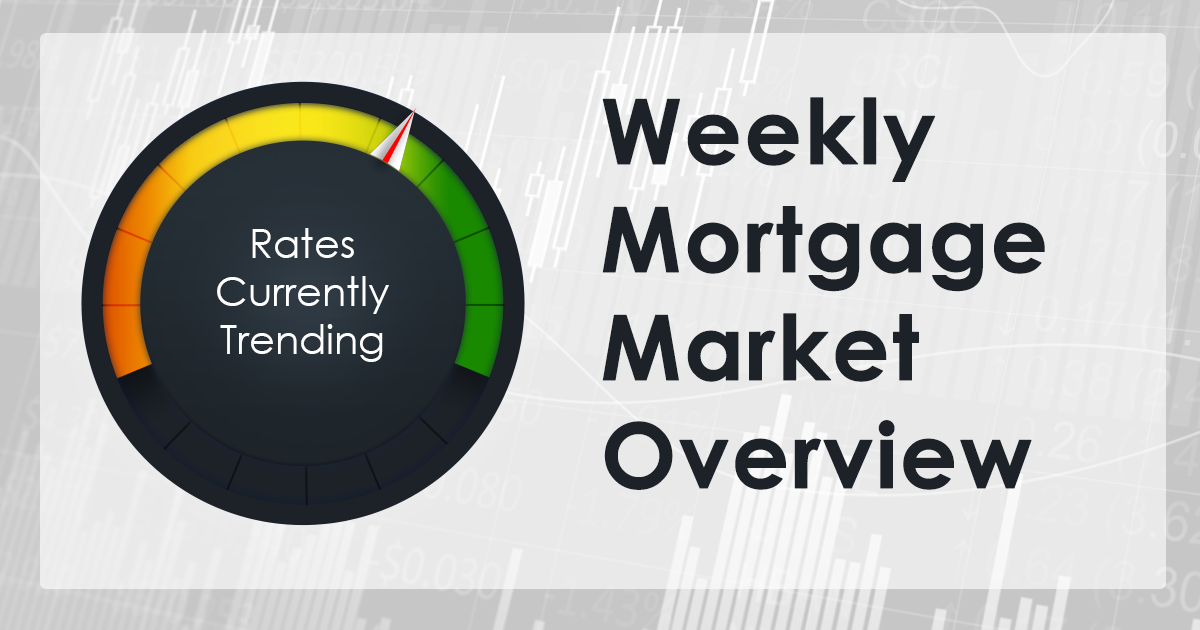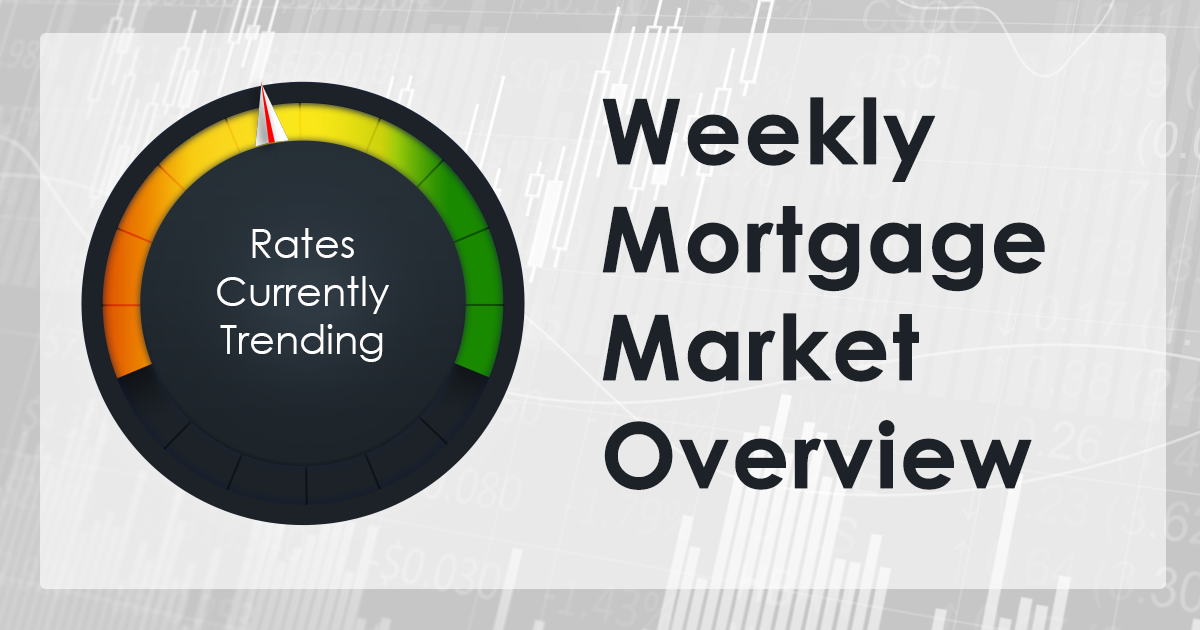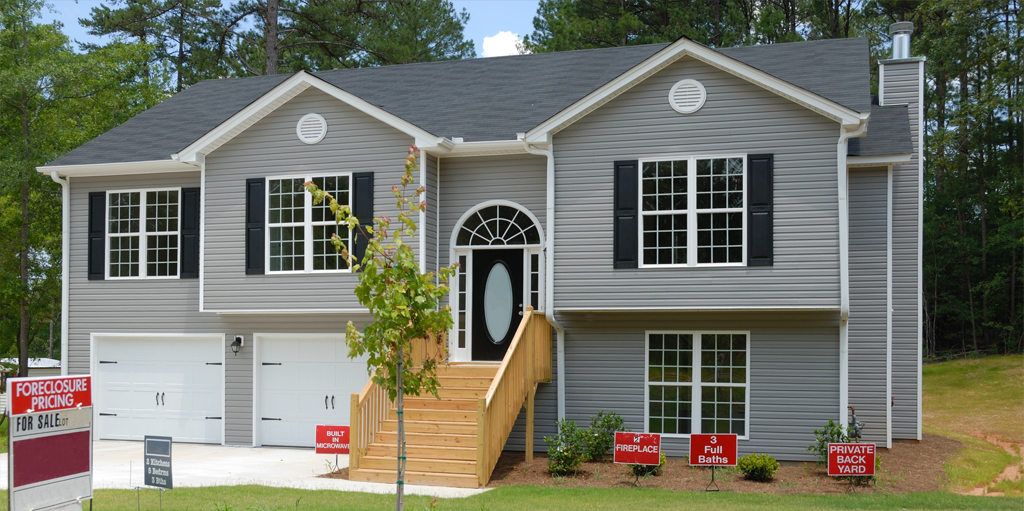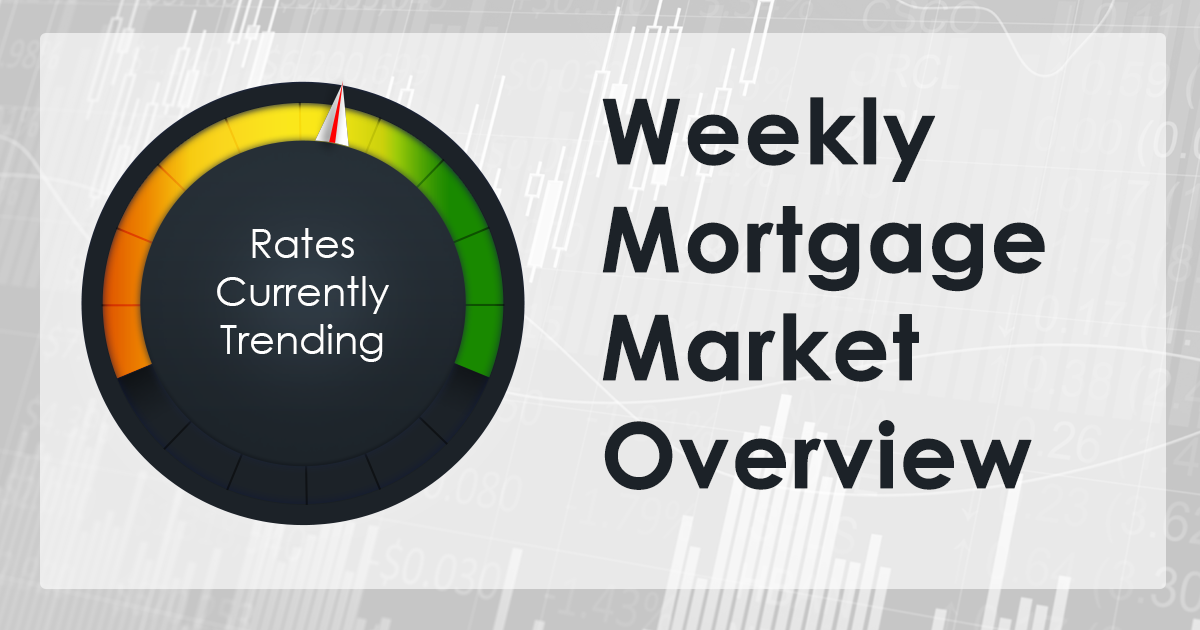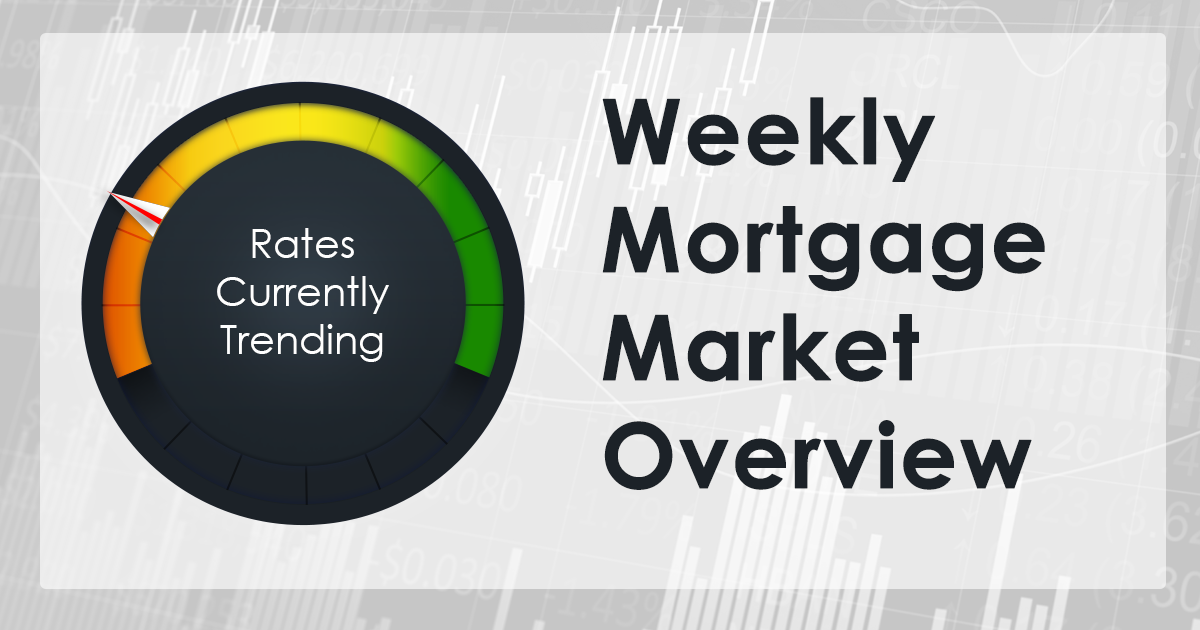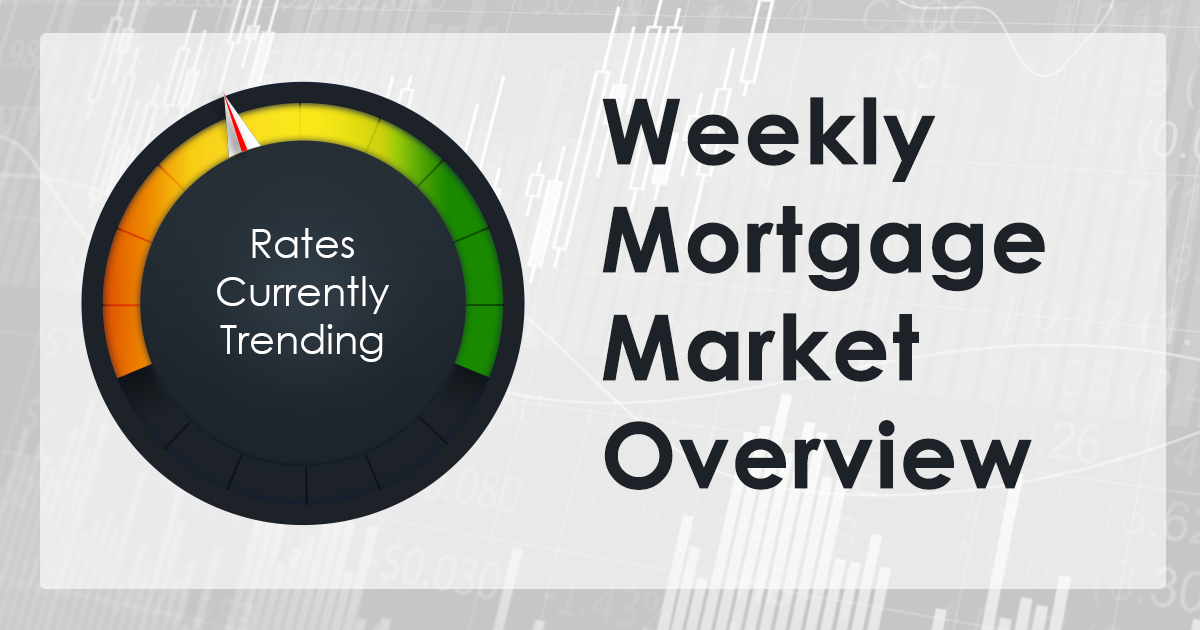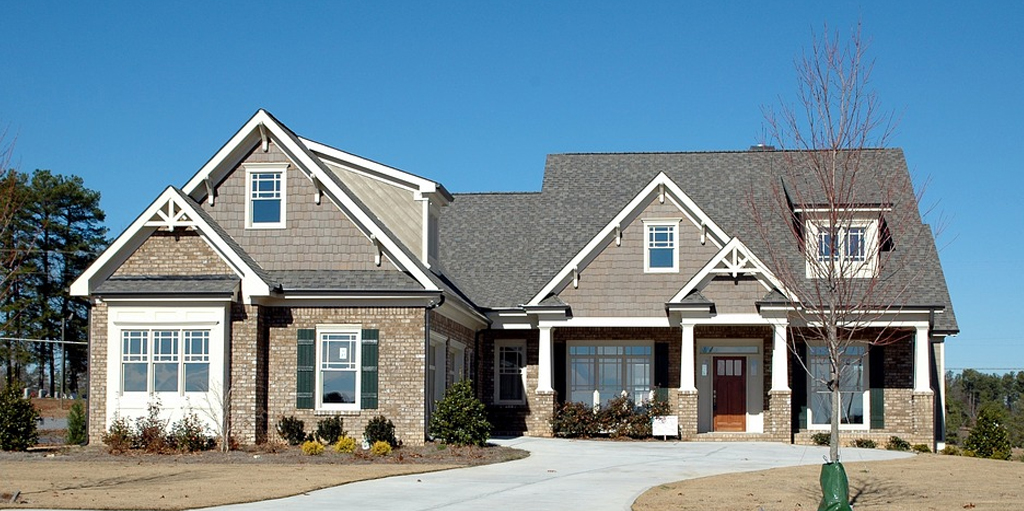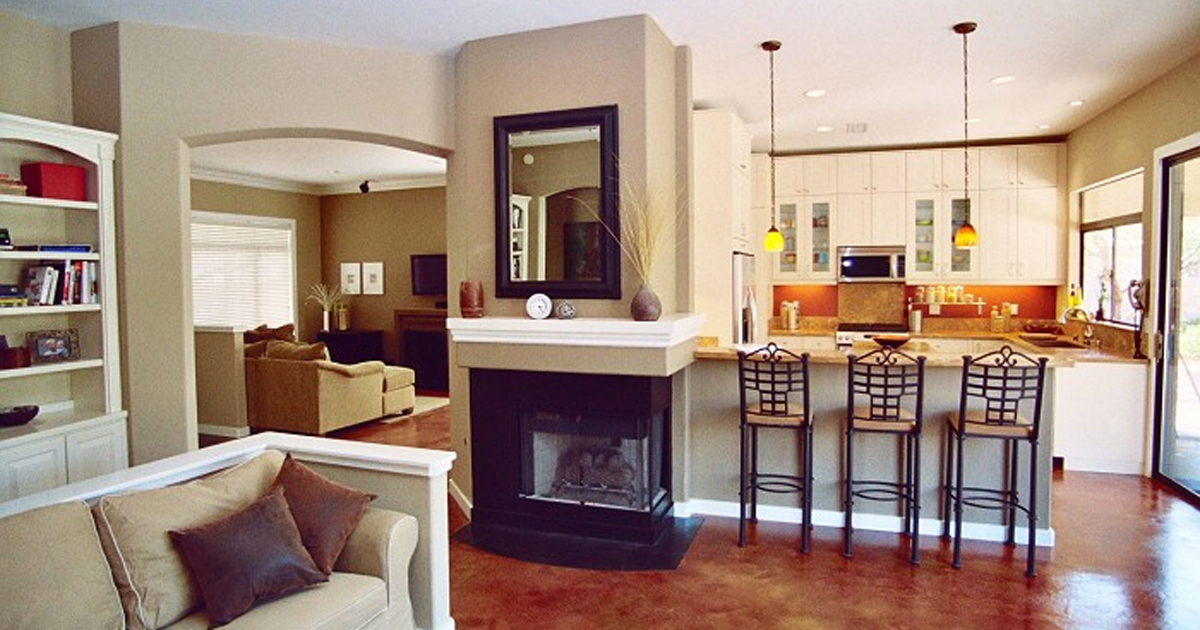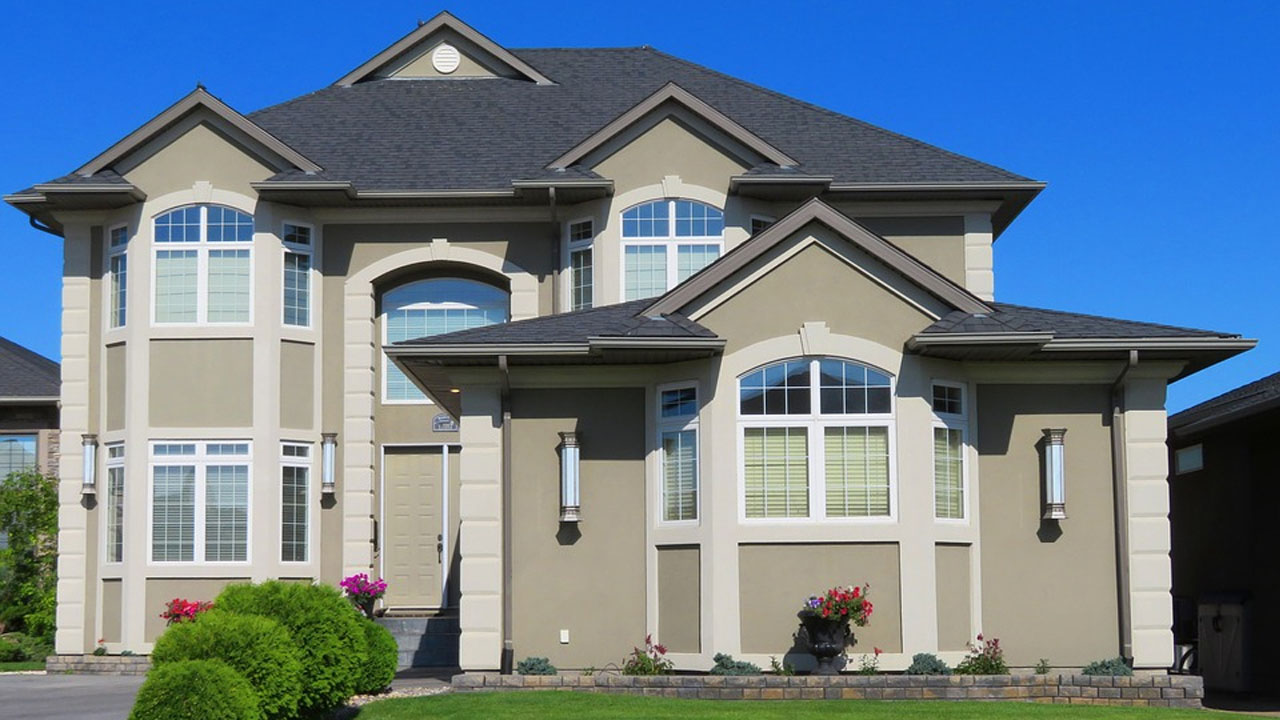
Resurgence of the Ranch
___
Published Date 4/2/2018

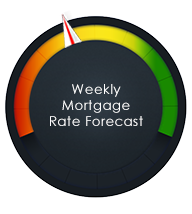

Realtor Report
Resurgence of the Ranch
Footprints are interesting things. When looking at those indentations in the sand, it’s hard to tell whether the person making those prints was walking alone or had someone on his or her shoulders. With home styles, a footprint means how much room a home’s foundation takes up on a lot, and these days, the better laid-out the footprint -- as long as there is no upper level on its shoulders -- the better. Single level homes are making a comeback in most parts of the U.S., and their appeal has all age groups clamoring to buy them.
While single level (or ranch style) homes date back to the 1920s, they are most associated with the housing for burgeoning suburbs after World War II, becoming the most sought-after plans for a variety of reasons.
Post-war homebuilders found single level homes quick to build and affordable for homeowners who gravitated to the suburbs to raise families. Closely associated with tract housing (interesting to study the planned community of Levittown built on New York’s Long Island in the late 1940s), the ranch style home was also inspired by Frank Lloyd Wright’s earlier, low-lying, elongated homes that blended into their settings.
At one point, however, single level homes fell in popularity as two-story homes with their more stately exteriors grabbed interest. Home buyers began to see the ranch as poor man’s house simply because there were so many of them. Now? Current homebuyers are recognizing how older single level homes built way back when were often placed on larger home sites in general, back when land was cheaper. These days, with land at a premium, smaller lots can only take the smaller footprint of two-story plans in order to offer enough square footage and not violate property line setbacks in most suburban neighborhoods.
Take a look at those neighborhoods in the close-in suburbs of place like California where dirt is at a premium, and you’ll see how land prices forced builders to design 2-story plans on postage-stamp-sized lots. Think gazing into your neighbor’s upper-level bathroom from your master bedroom window and cue Pete Seeger’s 1963 hit Little Boxes.
Realtors in many locations across the U.S. are seeing the ranch trend, citing how the price point of single levels tend to offer more bang for the buck as long as they sit on decent-sized lots, meaning there may be room to eventually add a master suite (early designs had everyone sharing hall bathrooms).
The desire for single levels is also as a result of baby boomers looking to “age in place,” avoiding stairs. And many who now opt to take care of older family members tend to avoid two-story plans as well or at a minimum look for a downstairs master.
Those who never stopped loving mid-century modern styles are grinning from ear to ear when finding a single level home with potential, often taking the dwellings back to their roots. That means pulling up carpets and revealing the original rich hardwood floors, keeping interior brickwork, both on the interior and facade of the home, and tearing down walls to make floor plans even more open than the original layout.
Single level plans are not without their detractors, however. Lofty and high-volume ceilings can waste heat while making spaces appear larger. But paying the extra on energy bills may be worth it for families with young children, who often prefer open floor plans not only to be able to have clear sight lines to their active kids, but also avoid worrying about blocking stairways with child-safety gates.
Buyers, as well as builders, are seeing the advantages to single level homes with good sizes lots and either remodeling or add-on potential. Unfortunately, that makes them not only easier to sell, but also harder to find.
Source: TBWSThis Week's Mortgage Rate Summary
How Rates Move:
Conventional and Government (FHA and VA) lenders set their rates based on the pricing of Mortgage-Backed Securities (MBS) which are traded in real time, all day in the bond market. This means rates or loan fees (mortgage pricing) moves throughout the day, being affected by a variety of economic or political events. When MBS pricing goes up, mortgage rates or pricing generally goes down. When they fall, mortgage pricing goes up.
Rates Currently Trending: Neutral
Mortgage rates are trending slightly lower so far today. Last week the MBS market improved by +22bps. This may've moved mortgage rates slightly lower last week. Mortgage rate volatility picked up a bit last week.
This Week's Rate Forecast: Neutral
Three Things: These are the three areas that have the greatest ability to impact mortgage rates this week. 1) Trade Wars, 2) Jobs and 3) Fed
1) Trade Wars: The looming "threat" of an escalating trade war has provided a bottom for MBS for the past 6 weeks. While a rebalancing of trade practices is certainly required, it can bring with it volatility and uncertainty at the least and at the worst, slow down our economy. The world's second-largest economy, China, is being closely watched. They announced that they would push back against the U.S. (that wants them to stop stealing intellectual property developed and created in the U.S.). They had previously announced 128 products last week, and now we have more details as they have split those 128 products into seven groups and including U.S. pork, recycled aluminum, steel pipes, fruit, and wine. The Chinese ministry will implement measures in two stages: first, a 15% tariff on 120 products including steel pipes, dried fruit and wine, and later, a 25% tariff on pork and recycled aluminum. NAFTA is also getting attention as President Trump once again has threatened to end the archaic agreement unless a new agreement is reached soon. As of now, this is not a major threat to our economy, but further rhetoric/escalation or even a de-escalation can cause MBS to have some volatility.
2) Jobs: We get a ton of jobs data this week culminating with Friday's big data dump where we will get the unemployment rate, non-farm payrolls, and wages. The bond market will be focused on average hourly wages as the YOY number is projected to hit 2.7%, the closer that number is to 3.00% - the worse it will be for rates. If it falls below 2.5%, then it will be great for rates.
3) Fed: On Wednesday we will get the Minutes from the last FOMC meeting where they raised interest rates for the first time this year.
This Week's Potential Volatility: Average
Mortgage rate volatility picked up a bit last week. Mortgage rates could see volatility again this week, particularly as we get jobs data throughout the week. Of course, anything unexpected geopolitically could move rates as well.
Bottom Line:
If you are looking for the risks and benefits of locking your interest rate in today or floating your loan rate, contact your mortgage professional to discuss it with them.
Source: TBWSAll information furnished has been forwarded to you and is provided by thetbwsgroup only for informational purposes. Forecasting shall be considered as events which may be expected but not guaranteed. Neither the forwarding party and/or company nor thetbwsgroup assume any responsibility to any person who relies on information or forecasting contained in this report and disclaims all liability in respect to decisions or actions, or lack thereof based on any or all of the contents of this report.
http://nmlsconsumeraccess.org/


Peter Sweeney
Loan Officer
License: NMLS 87705
Lake City Mortgage
1875 N Lakewood Dr #102, Coeur dAlene ID
Office: 208-640-5626
Cell: 208-640-5626

Peter Sweeney
___
Loan Officer
License: NMLS 87705
Cell: 208-640-5626
Last articles
___

Volatility spikes on inflationary data
6/1/2022
Mohamed El-Erian, yesterday in an interview on Bloomberg, was not encouraging. H... view more

Trade talks hanging over rate markets
9/17/2018
Tariffs/Trade war is the only thing that has the ability to move rates. We do ha... view more

Rates flat as producer prices move lower
9/12/2018
The August Producer Price Index (PPI) was much lighter than expected. The headli... view more

Markets focus on trade and inflation this week
8/27/2018
These are the three areas that have the greatest ability to impact mortgage rate... view more

What ever happened to the waterbed?
7/31/2018
Waterbeds were phenomenally successful for a solid 20 years, but consumers and m... view more
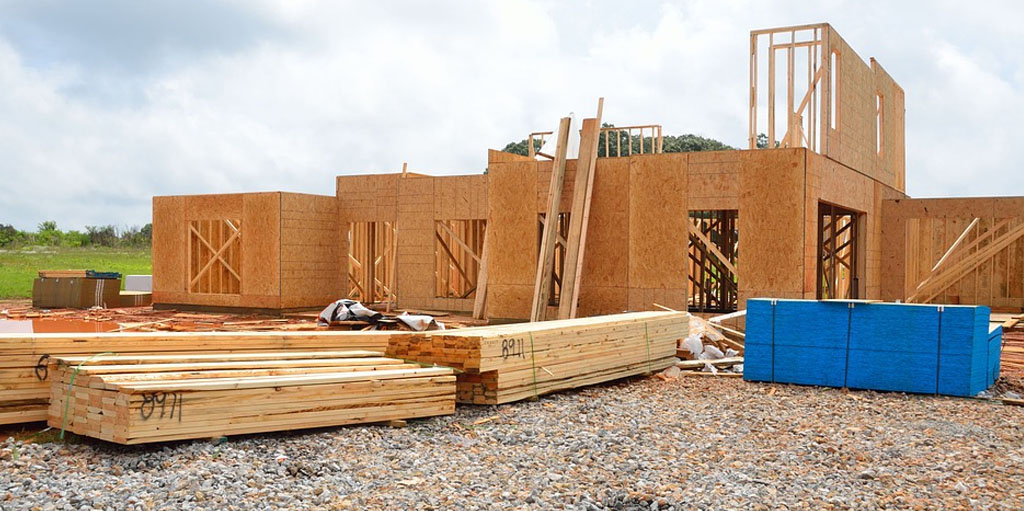
Mortgage applications flat and new home sales dip
7/25/2018
Weekly MBA mortgage applications declined last week 0.2%, purchase apps were dow... view more

Key events for the markets this week
7/2/2018
Three Things: These are the three areas that have the greatest ability to impact... view more

Mortgage applications and durable goods orders dip
6/27/2018
May durable goods orders were surprisingly weak; orders were thought to be -0.6%... view more

Week's market movers: EU, trade talks, and inflation numbers
6/25/2018
Three Things: These are the three areas that have the greatest ability to impact... view more
Load more
 Lake City Mortgage
Lake City Mortgage








